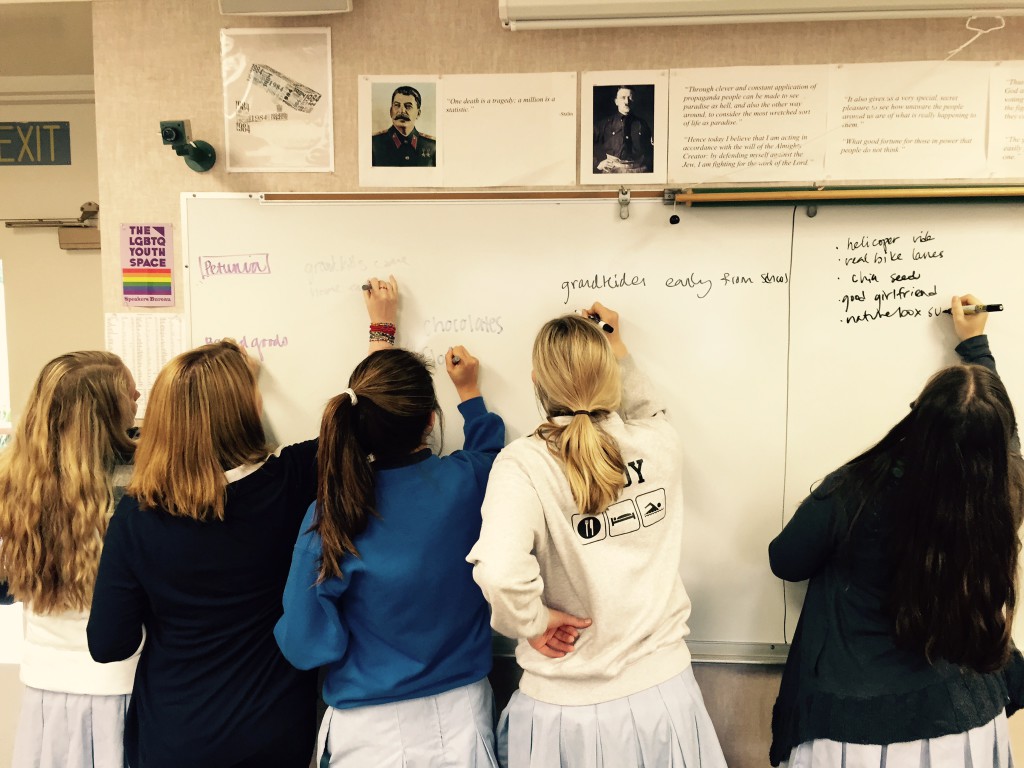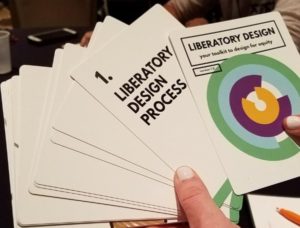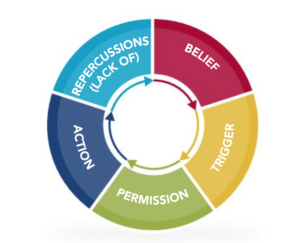
Tools For Looking at GDT, Design Thinking and Other Frameworks
We are asked a lot about tools for using Game Design Thinking, especially combined with other ideas and frameworks out there.
David Clifford, Founder and Executive Director of DSX and former fellow and Senior Learning Experience Designer at the Stanford d.school’s K12 Lab shared a useful tool that he and I co-created with some wonderful other collaborators.
Methodological Connections Between Design Thinking and Other Disciplinary Practices illustrates shared language between methods used between common disciplines.
This can be especially helpful for those trying to find connections for cross-functional teams and projects, or to better understand the processes of our partners.
The Game Design process came from the 13 Steps of Game Design that I created several years back for teaching the game design process to non-professionals.
But with this tool we can not only see the connections between game design and design thinking, but with the scientific method and critical pedogogy.
The empty spot in this diagram has been filled with the wonderful Liberatory Design Process, which has its own set of cards for use. This tool was created with support from the K12 Lab and the National Equity Project.
I especially love Liberatory Design because it is a solid tool for use in breaking apart bad engagement loops like the Core Loop of Sexual Harassment and the Core Loop of Hate Crimes.
And it keys in quite well with The Innovation Equation which we are currently designing and testing.
We don’t need to feel powerless to fight these injustices as long as we have practical tools and frameworks to help us reframe and combat these critical problems.
Take a look and let us know your experiences and your ideas.
-Chris



